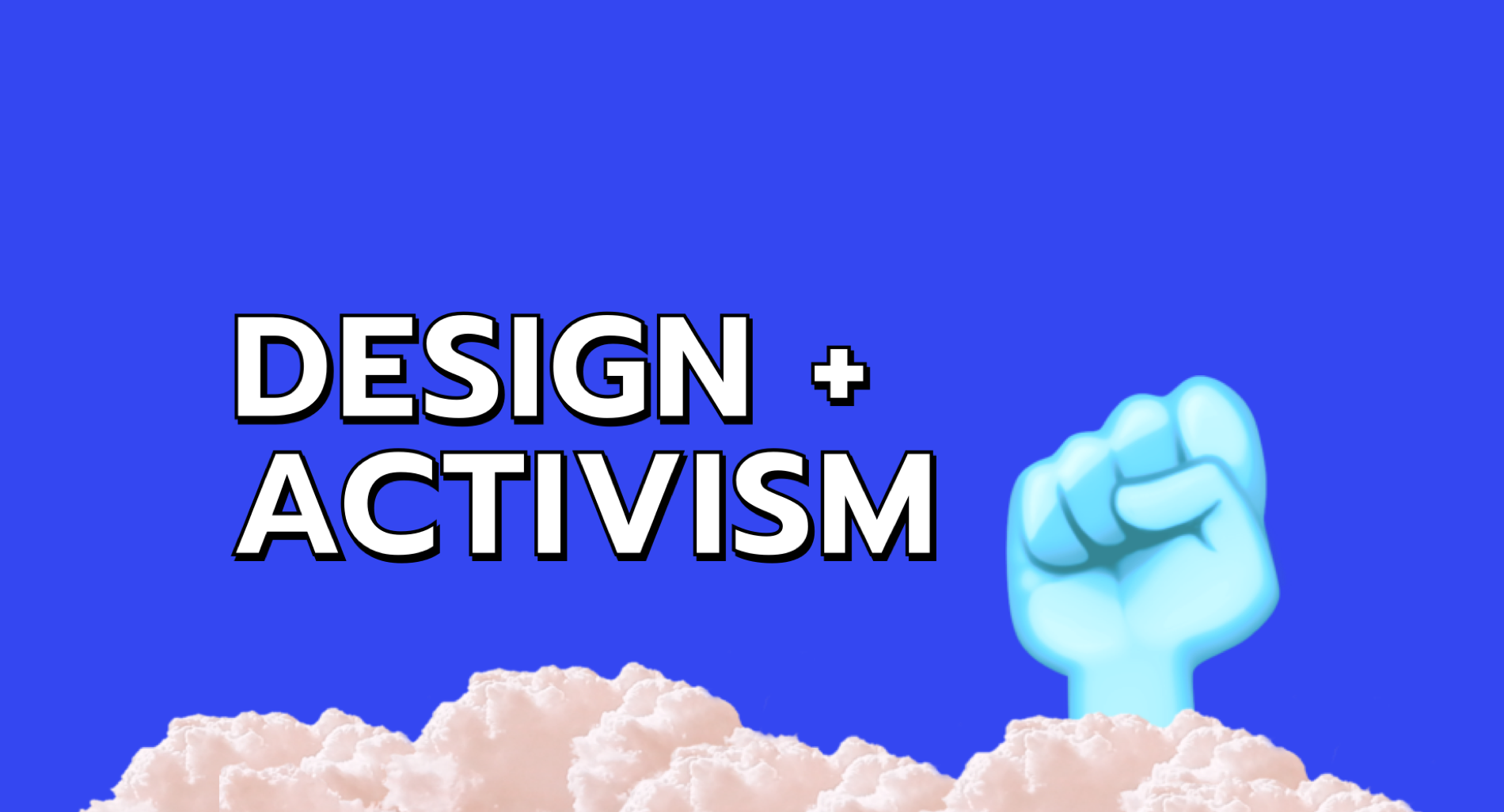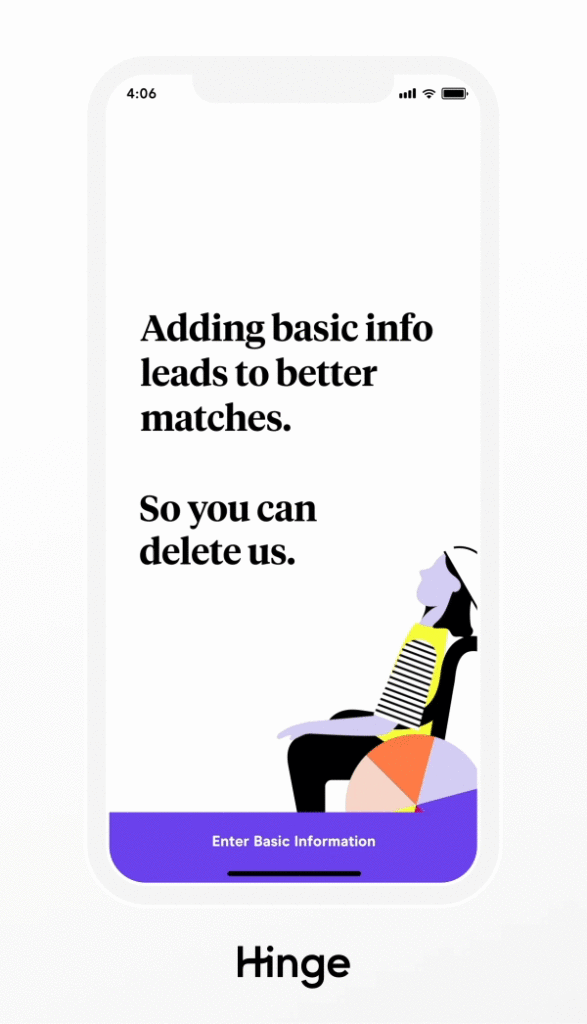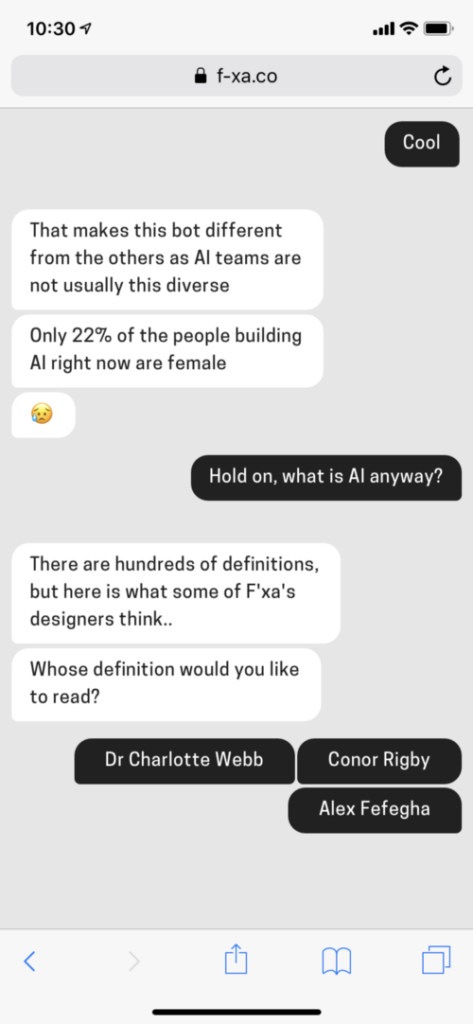Activism has always been expressed though design. From propaganda posters to slogans, designers always had the power to impact society. We’re now seeing that activism is rapidly shifting into a digital space, and some organizations are already making a remarkable impact.
Last year, at Design Matters 18, we explored how design can make a difference within society and how we can design for change. This topic is still very close to our hearts — design is an effective tool to produce change, start movements, and increase awareness in the world.
It is not enough to simply discuss topics like inclusiveness and accessibility. We believe we need to integrate our discussion into our design practice. We need to set high standards to the products we’re building, by providing good examples, so that others can be inspired by them.
Also, we must move from a user-centric towards a human, society, and environment-centric design approach. Luckily, several companies are already doing this. These inspiring organizations are making a huge effort to empower people, break taboos, and make a political impact.
Here are our five favorite organizations that are contributing to change our society and world for the better.
1. Q — The first Genderless voice

Have you met Q? Q is the world’s first Genderless Voice, made to change and end gender bias in AI assistants worldwide. This project is born from a collaboration among Copenhagen Pride, Virtue, Equal AI, Koalition Interactive & Thirtysoundsgood. Together, they are fighting for a future of inclusion and a diverse representation of gender in technology.
Q utilizes a frequency of 153 Hz, which our brain perceives as neutral. The creators of Q examined a large number of voices — analyzing the frequency, pitch, and tone — and concluded that frequencies below this value are recognized as masculine, whereas the ones above as feminine. 153 Hz is the only frequency that doesn’t make gender discernable.
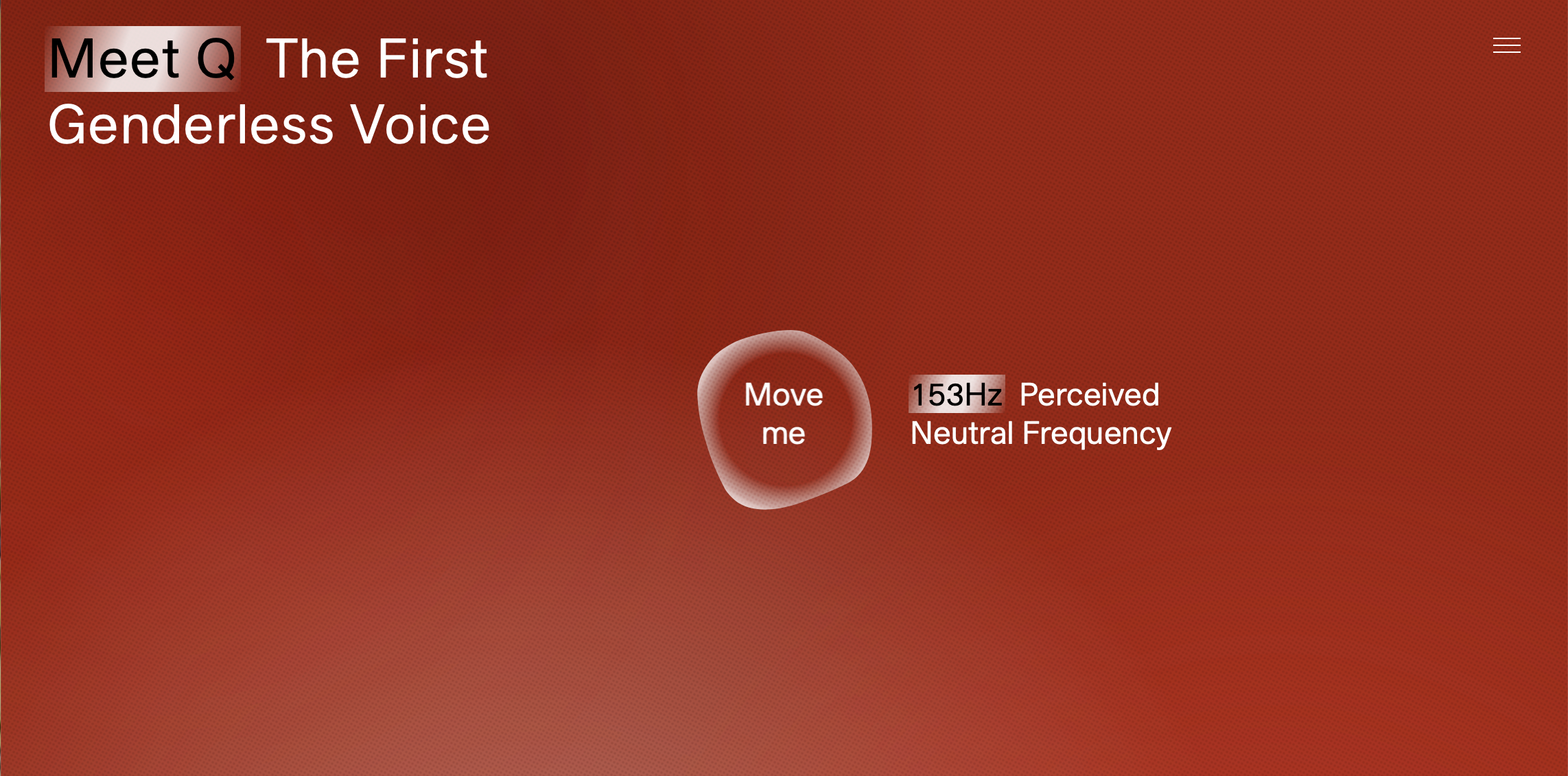
Traditions, consolidated norms, and stereotypes do influence decisions and choices made by companies. These decisions may contribute to further reinforce such stereotypes. Consequently, it is key that companies take a societal responsibility and become aware of the kind of influence they’re exercising on society and the masses.
But we have no reason to think we can’t have more options! Q is a great example of how designers have the power to help break stereotypes and norms that have never been questioned before.
2. Hinge
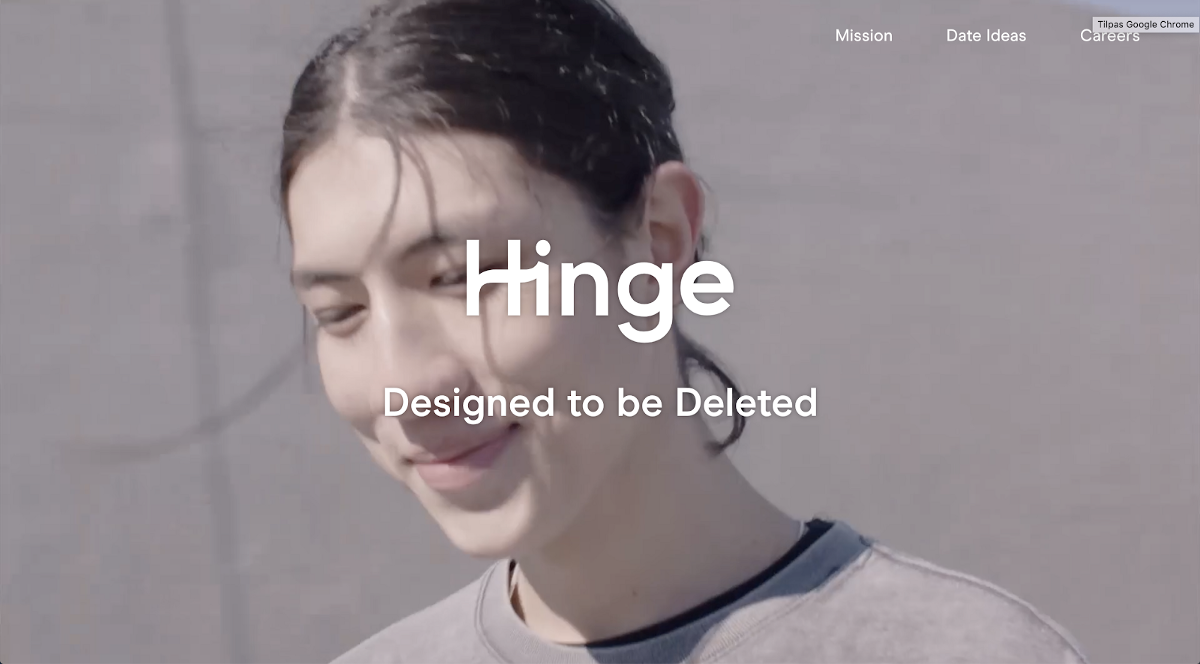
Hinge is a dating app that, according to its creators, is “designed to be deleted”. Their mission is to change the swiping dating culture of today, in which matching with people has become a superficial game. Hinge wants to bring back a real connection among people.
This app values inclusiveness and supports a more sustainable and genuine way of creating connections. If a phone number has been exchanged with a match, Hinge will ask after a few days if you have met your match in person and if you want to see them again. It also includes illustrations representing a large variety of people. This way, users feel part of a diverse and including society, regardless of their looks, religion, sexuality, or special needs.
An interesting design feature is that it utilizes a matching algorithm to learn what users like, using that information to suggest better matches. This app has a simple, clean, intuitive, design, which makes the consistent number of functionalities and information feel less cluttered.
Because Hinge asks to provide more details and information than other dating apps (users are asked to complete prompts like Believe or not I… or I’m actually legitimately bad at…), it provides more depth and insight.
Hinge has proven itself proactive about encouraging its users to meet in real life. For instance, on March 1, the National Day Of Unplugging in the US, Hinge offered its members the chance to redeem two free drink tickets in four American cities, so that its users could meet face to face.
3. Feminist Internet
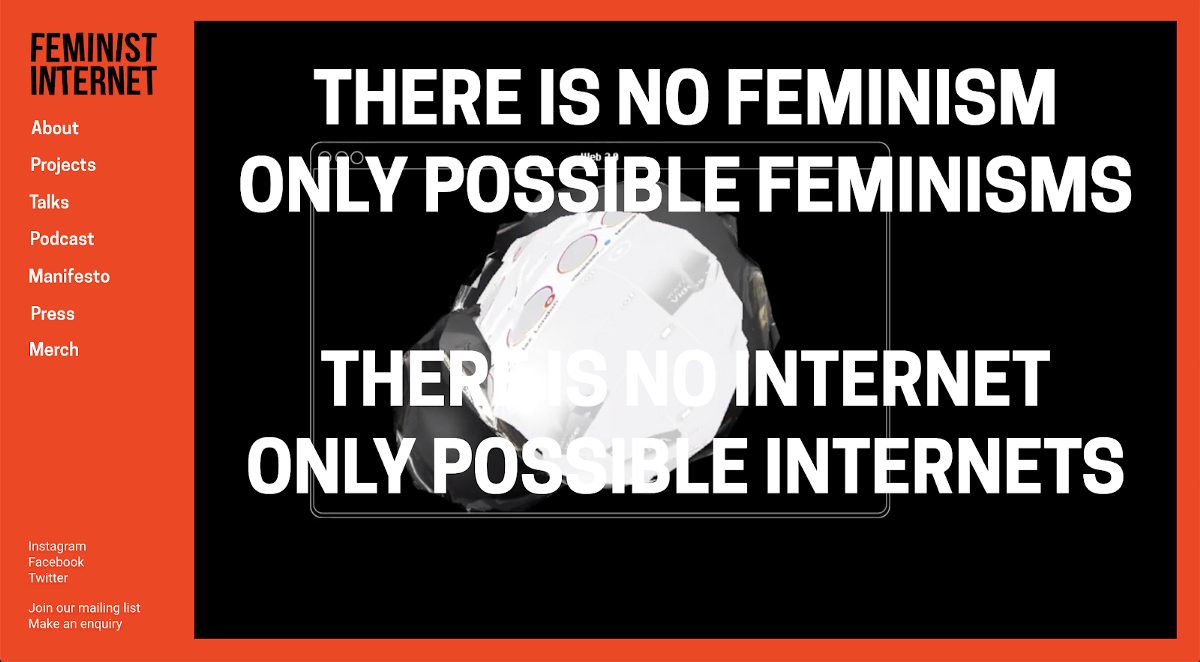
Feminist Internet is a non-profit organization created to make the Internet a more equal space for women and other marginalized groups. They fight online abuse against women, lack of workforce diversity in the tech sector, and biased data collection reinforcing sexist privileges.
They are involved in several projects, digital and non. F’xa is a chatbot designed to provide a playful guide to bias in search engines, recruitment algorithms, and voice technology. Another notable example is the series of workshops where students could design and code a feminist Alexa, using basic Python and feminist standards.
Feminist Internet is on a mission to change society through the internet. Their online presence is admirable, and their podcasts are a fantastic source of information and inspiration. This organization manifests a huge potential for liberation and political transformation!
4. Ushahidi
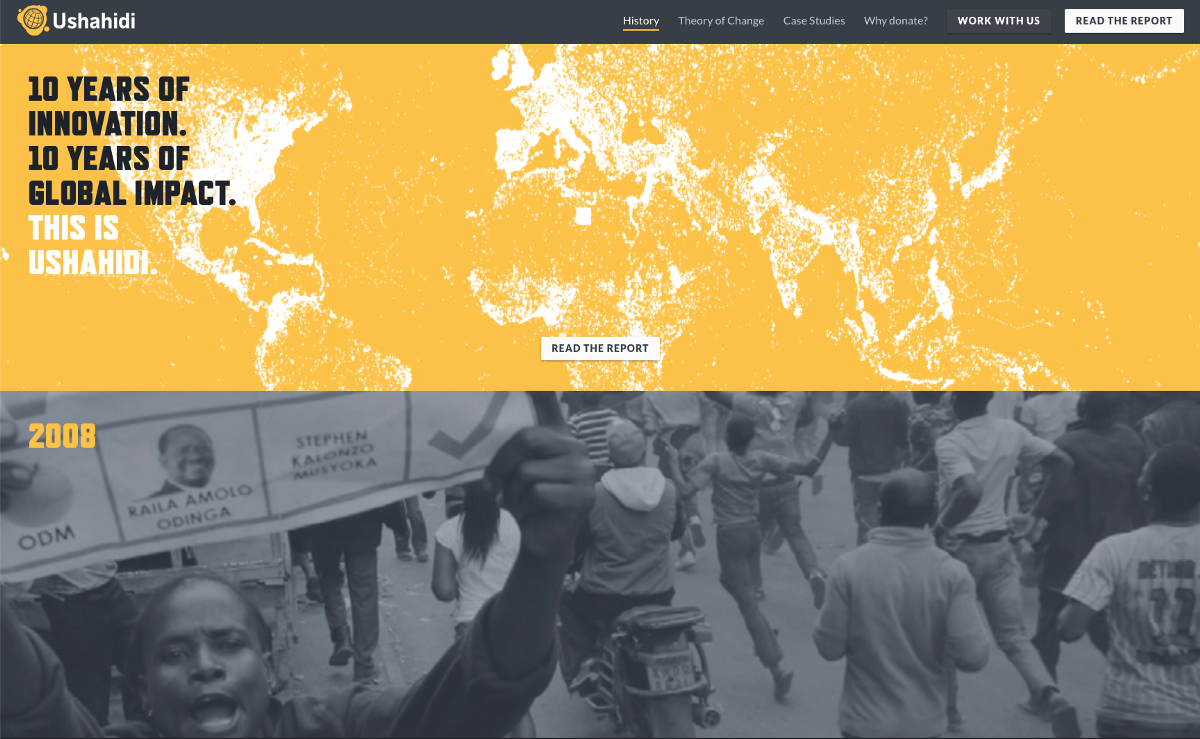
Ushahidi, which means “testimony” in Swahili, is a social enterprise that acts both as a catalyst of innovation in East Africa, but also strives to bring global attention to the problems of marginalized communities.
Originally developed to map reports of violence in Kenya after the post-election violence in 2008, it is now a technology leader in Africa, providing software and services to help improve the bottom-up flow of information. This platform is currently used for environmental monitoring, citizen journalism, free and fair media, public service delivery, and global health initiatives.
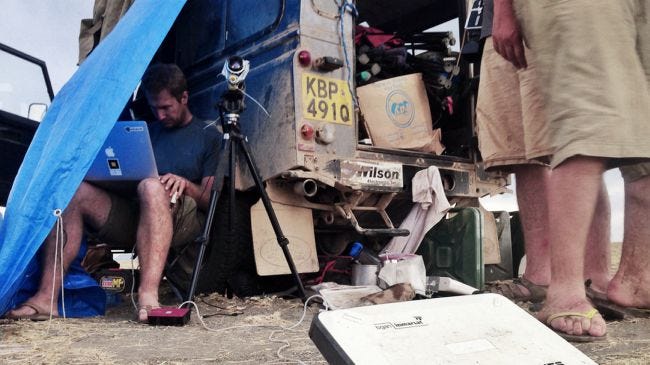
The products and initiatives designed by Ushahidi focus on global humanitarian and environmntal crises. Indeed, its goal is to foster the communication between marginalized or geographically hard-to-reach communities with the authorities that can help them fulfill their needs. Ushahidi wants to build a replicable, scalable and sustainable software platform to empower people to raise their voices.
Eriol Fox (Ehh-roll), product & UX designer at Ushahidi, will be speaking at Design Matters 19 explaining how they transform insights from a global network of collaborators into specific design decisions. They will provide tangible examples including how they work to protect democracy and how they help girls and young women prevent HIV/AIDS.
5. Copenhagen Institute of Interaction Design

CIID is an international hub of creative minds designing innovative products, services, and environments. The innovation team at CIID can count on a skilled range of business innovators, and interaction and service designers who think designers can help make a difference in adapting to a fast-changing climate.
Natural disasters keep increasing in number, and communities are increasingly struggling to cope with a more rebellious Mother Nature. Climatic changes are expected to intensify in the coming years; weather events will become fiercer and more frequent, droughts will last longer, heat waves will be more intense, and sea levels will continue to rise.
Humans will have to adapt to the effects caused by these changes, such as new disease vectors, changing habitats, and new human migrations. It’s important that everyone who has the power to push for environmental change takes action. And designers are no exception.
CIID works to show that it’s possible to incorporate Natural Sciences into design work. Francesca Desmarais, who is Interaction Design Lead within the Innovation Studios at CIID, will enlighten the audience at Design Matters 19. She will demonstrate how it’s possible to fuse disciplines to shape a design process that helps communities and systems adapt to climate change.

